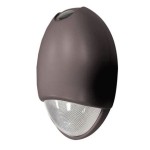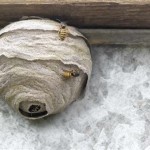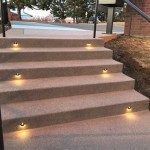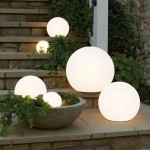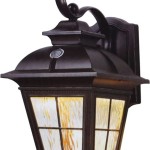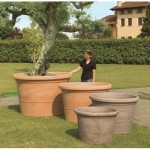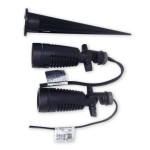How To Keep Outdoor Electrical Connections Dry
Outdoor electrical connections are essential for powering everything from yard lighting and security systems to hot tubs and outdoor kitchens. However, the elements can wreak havoc on these connections, leading to corrosion, short circuits, and even fire hazards. Ensuring these connections remain dry is crucial for safety and longevity. This article will outline various methods and best practices for keeping outdoor electrical connections protected from moisture.
1. Proper Enclosure Selection
The first line of defense is selecting appropriate enclosures for outdoor electrical connections. These enclosures act as barriers, shielding connections from rain, snow, and other environmental hazards. The type of enclosure required depends on factors such as the location, climate, and application. Some common types of enclosures include:
- Weatherproof Boxes: These boxes are designed to resist water intrusion, usually with a gasket around the lid. They are suitable for basic connections or small appliances.
- NEMA-Rated Enclosures: The National Electrical Manufacturers Association (NEMA) sets standards for enclosures based on their environmental resistance. NEMA 3R enclosures are weatherproof, while NEMA 4 enclosures are watertight and can withstand direct water spray.
- Junction Boxes: These boxes are used to connect multiple wires and are available in various sizes and materials. Their suitability for outdoor use depends on the specific type and whether they are sealed or weatherproof.
When choosing an enclosure, ensure it is large enough to accommodate all the wires and components comfortably. Additionally, consider the material of the enclosure. Plastic enclosures are lightweight and corrosion-resistant, while metal enclosures offer greater durability but can be prone to rust.
2. Moisture-Resistant Components
In addition to enclosures, using moisture-resistant components plays a vital role in keeping outdoor electrical connections dry. This includes using weatherproof wiring, connectors, and other hardware.
Weatherproof Wiring: Standard wiring is not suitable for outdoor applications. Instead, use wire specifically designed for outdoor use, such as direct burial cable (DBC) or outdoor-rated type UF (underground feeder) wire. These wires feature insulation and jacketing that resist moisture and UV degradation.
Moisture-Resistant Connectors: Using connectors designed for outdoor applications helps prevent water from entering the connection points. These connectors often have sealing features like gaskets, seals, or weather boots. Look for connectors with a weatherproof rating or a NEMA designation.
Outdoor-Rated Switches and Outlets: Outdoor-rated switches and outlets are designed with weatherproof housings and covers. They are typically rated for wet locations and can withstand rain, snow, and even splashes.
3. Installation Techniques
Proper installation techniques are essential for ensuring outdoor electrical connections stay dry. These techniques help create a watertight seal and prevent moisture from entering the connection points.
Seal All Entry Points: Any entry point into the enclosure, such as where wires enter or where the lid opens, must be sealed effectively. Use weatherproof sealants, gaskets, or tape to ensure a tight seal. Avoid using caulking, as it can crack and become ineffective over time.
Proper Wire Routing: Route wires away from potential water sources and ensure they are not exposed to direct rain or splashes. Consider using conduit to protect wires from abrasion and potential damage.
Avoid Overcrowding: Overcrowding within the enclosure can hinder airflow and make it more difficult to maintain a dry environment. Ensure ample space for components and wires to prevent heat buildup and create a more manageable setup.
Regular Inspection and Maintenance: Regular inspection and maintenance are crucial for ensuring outdoor electrical connections stay dry and functional. Inspect enclosures for signs of damage, leaks, or corrosion. Check wiring for signs of wear or damage. Clean connectors and other components to remove dirt and debris that could hinder water resistance.
By implementing these techniques and best practices, outdoor electrical connections can be more effectively protected from moisture, promoting safety, efficiency, and longevity.

Pin On Backyard Garden Ideas
How Do People Keep Outdoor Electrical S Dry Quora

How To Keep Outdoor Extension Cords Dry Upgradedhome Com

How To Keep Your Outdoor Extension Cords Dry

Twist And Seal Cord Protect Outdoor Extension Cover Plug Protection Green Tscp G 1000 The Home Depot

Outdoor Extension Cord Cover 3 Pack Green Waterproof Plug Connector Iron Forge Tools

Twist And Seal Cord Protect Outdoor Extension Cover Plug Protection Green Tscp G 1000 The Home Depot

Holiday Light Safety Tips Reddi Electric

How To Protect Outdoor Extension Cord From Rain 6 Diy Method Generator First

Outdoor Extension Cord Cover 3 Pack Black Waterproof Plug Connector Safety Seal For Outside Com
Related Posts
